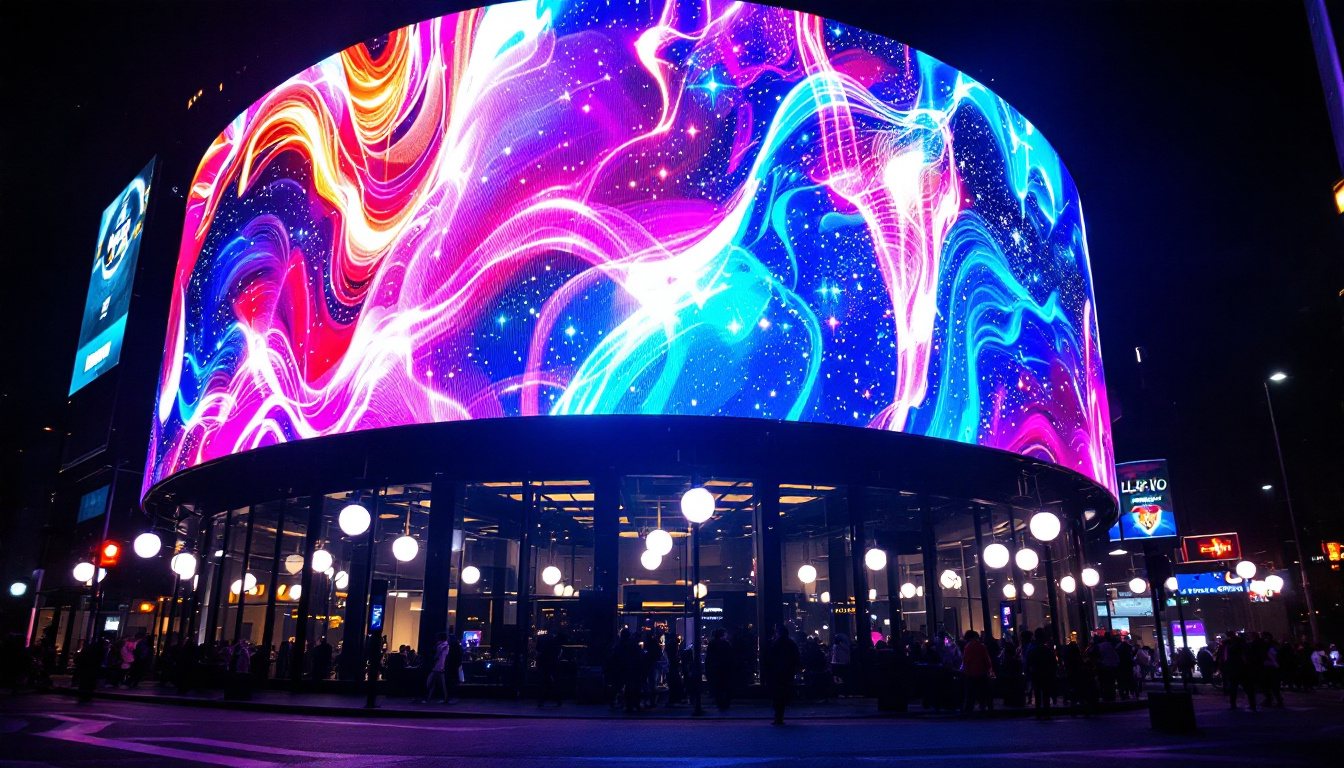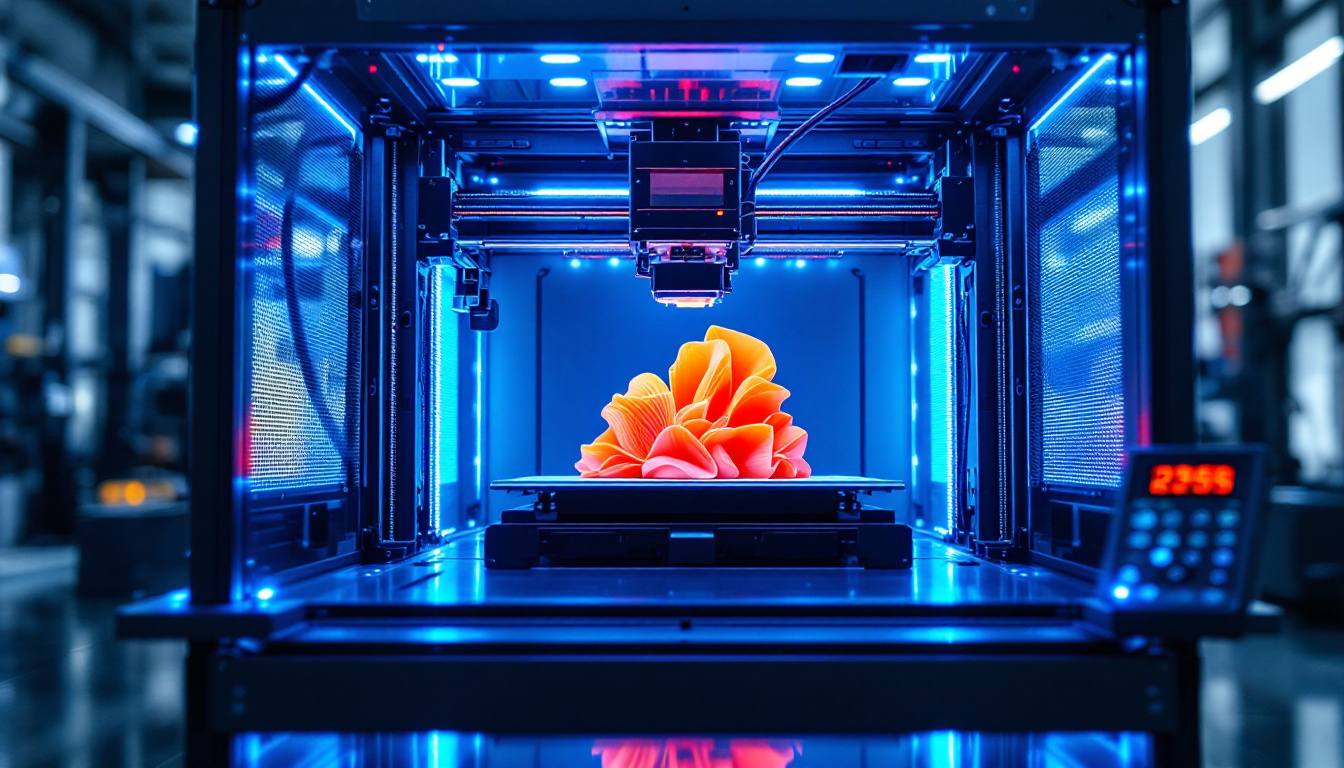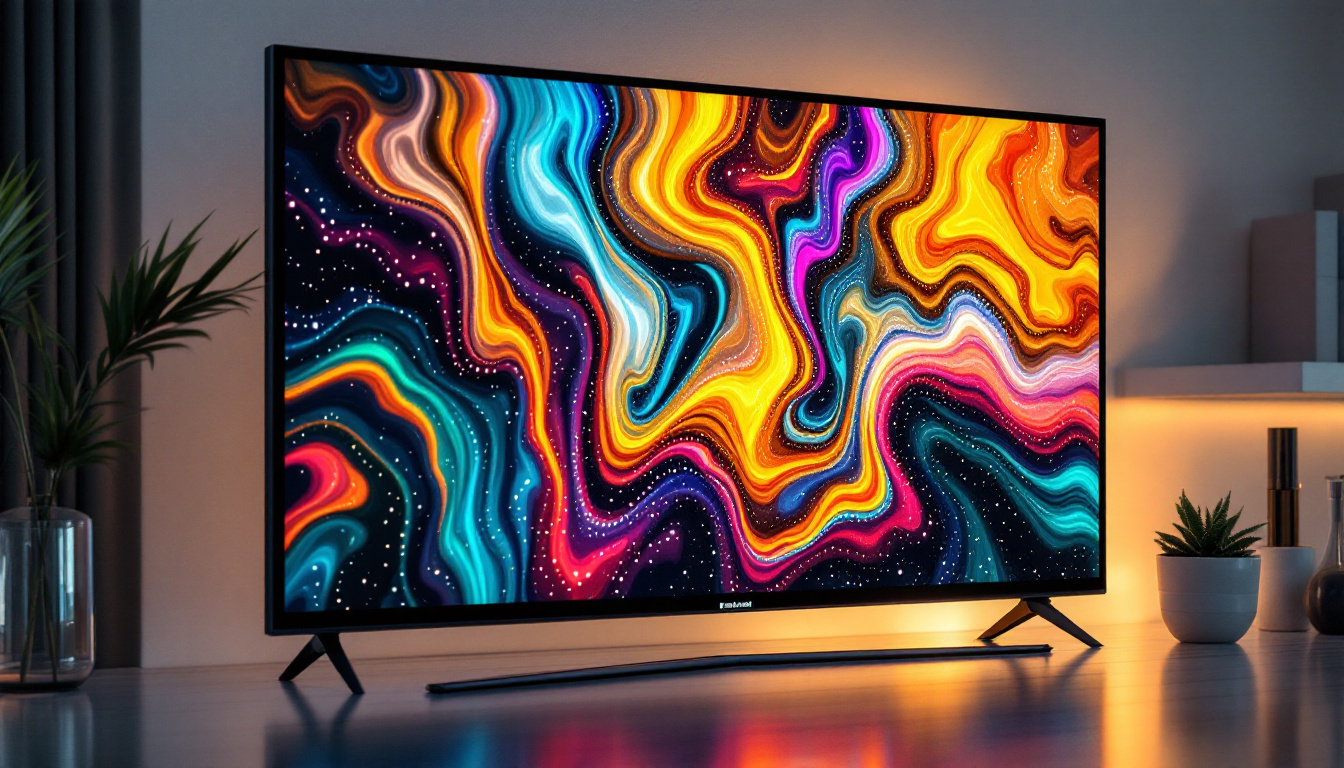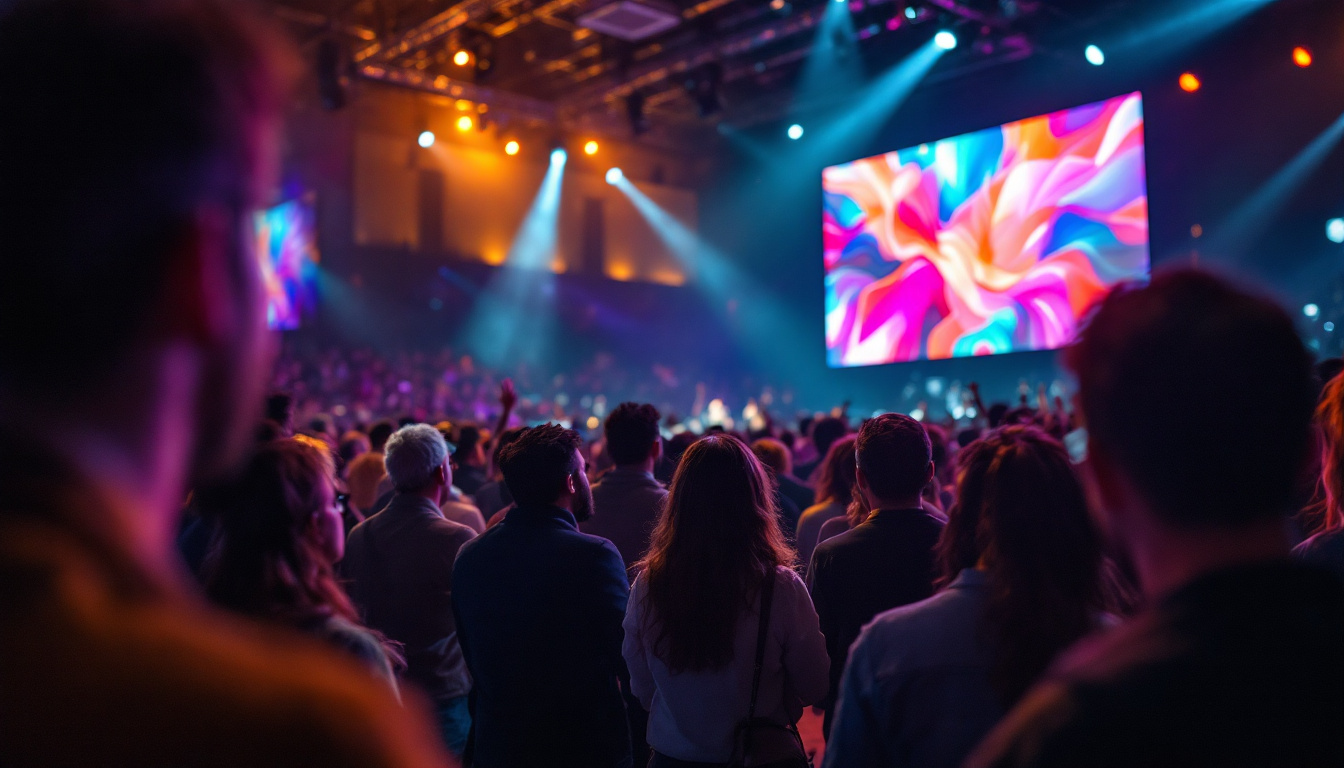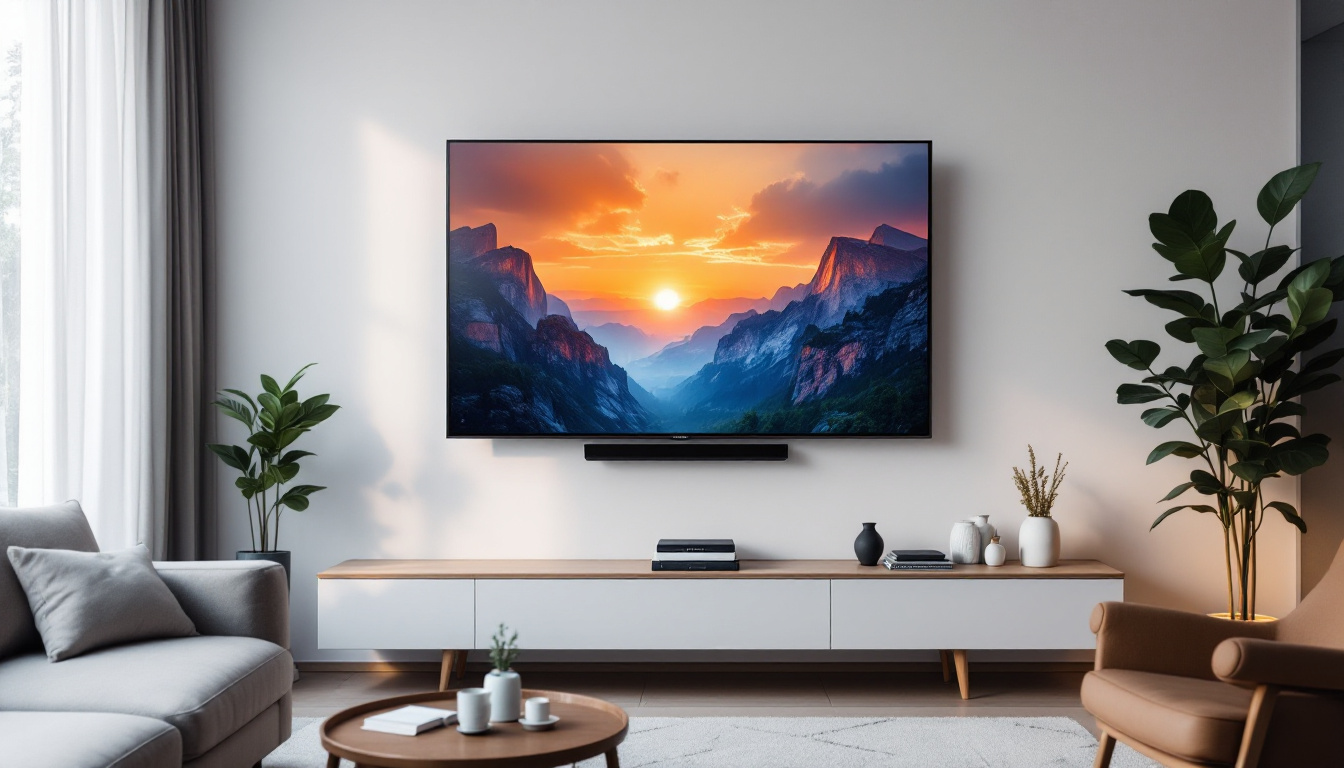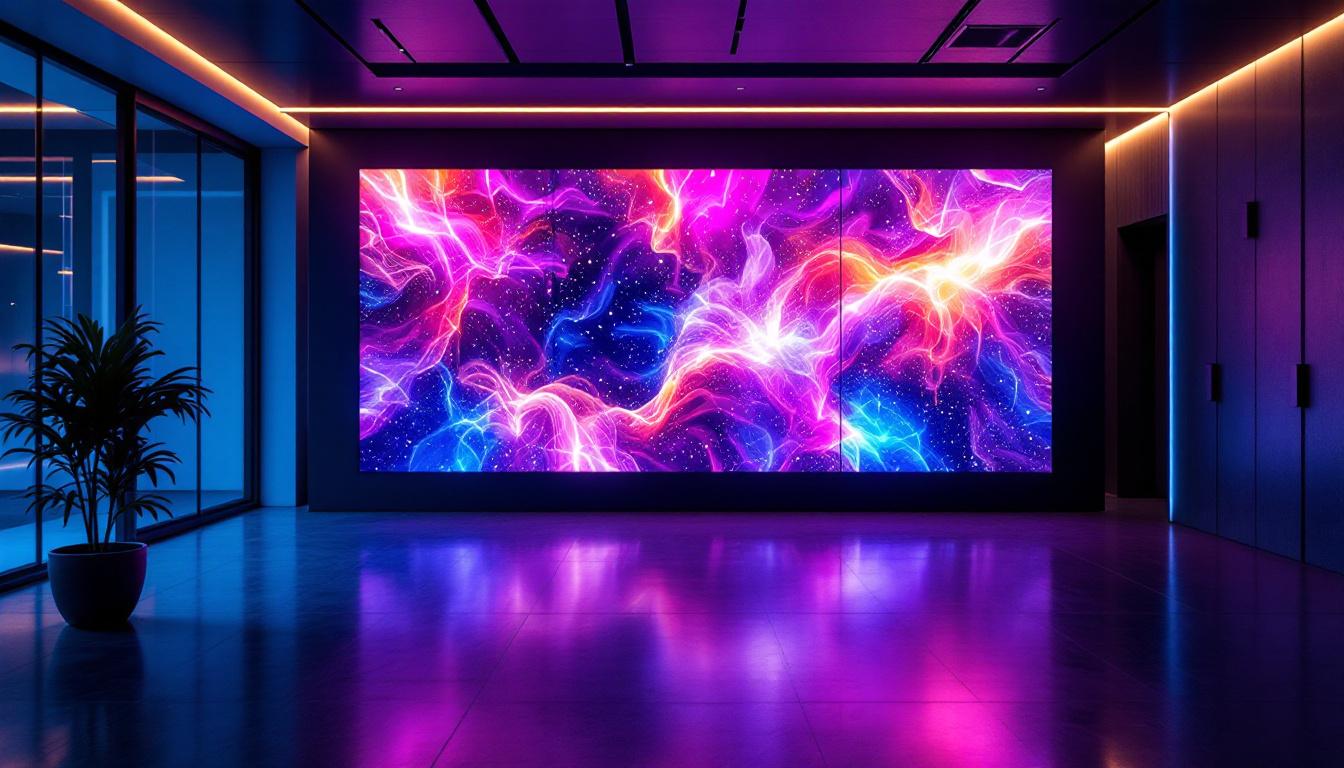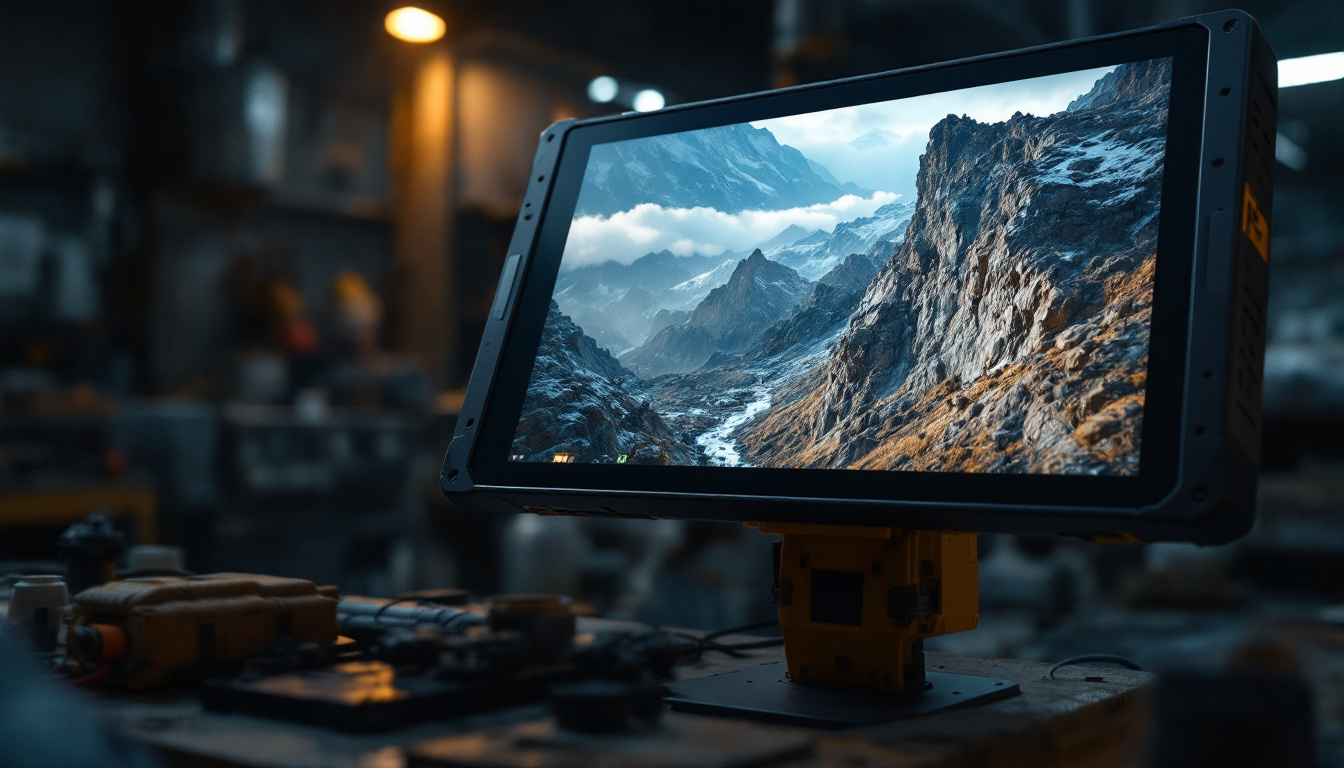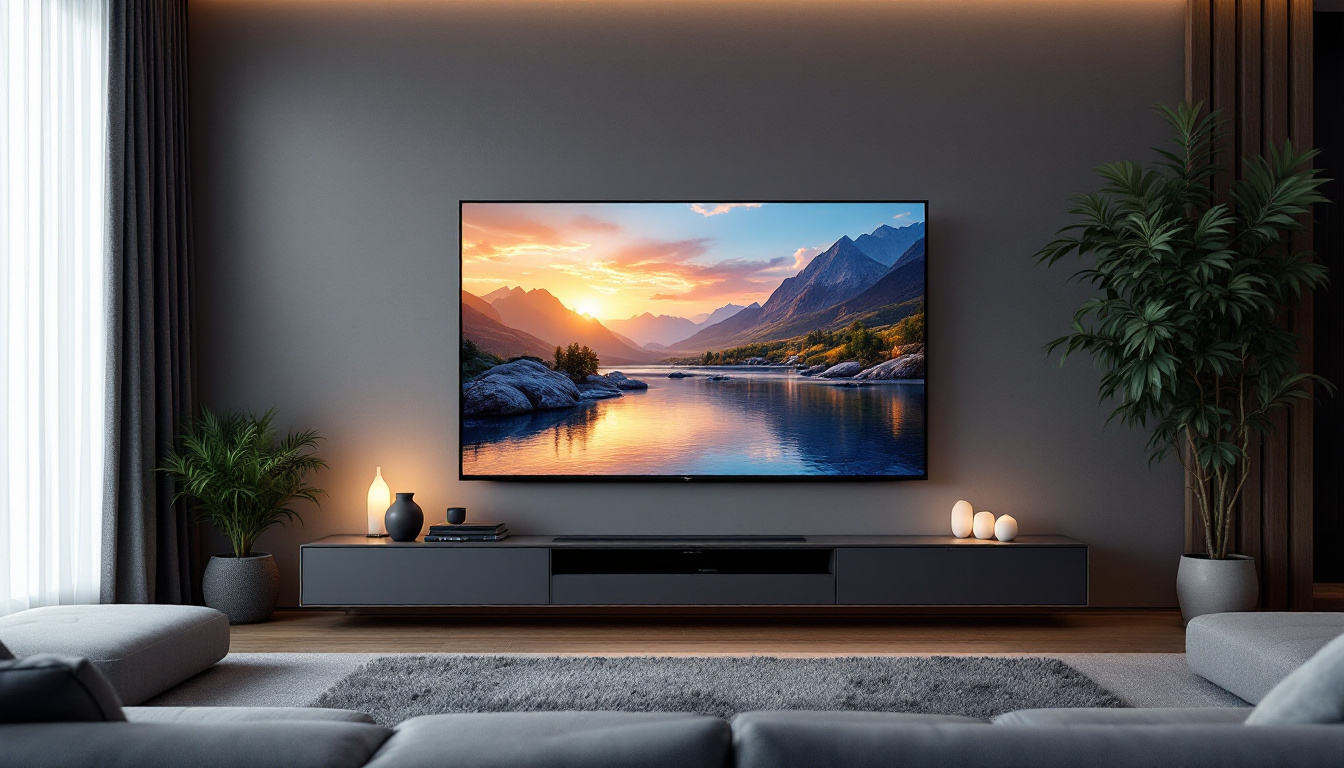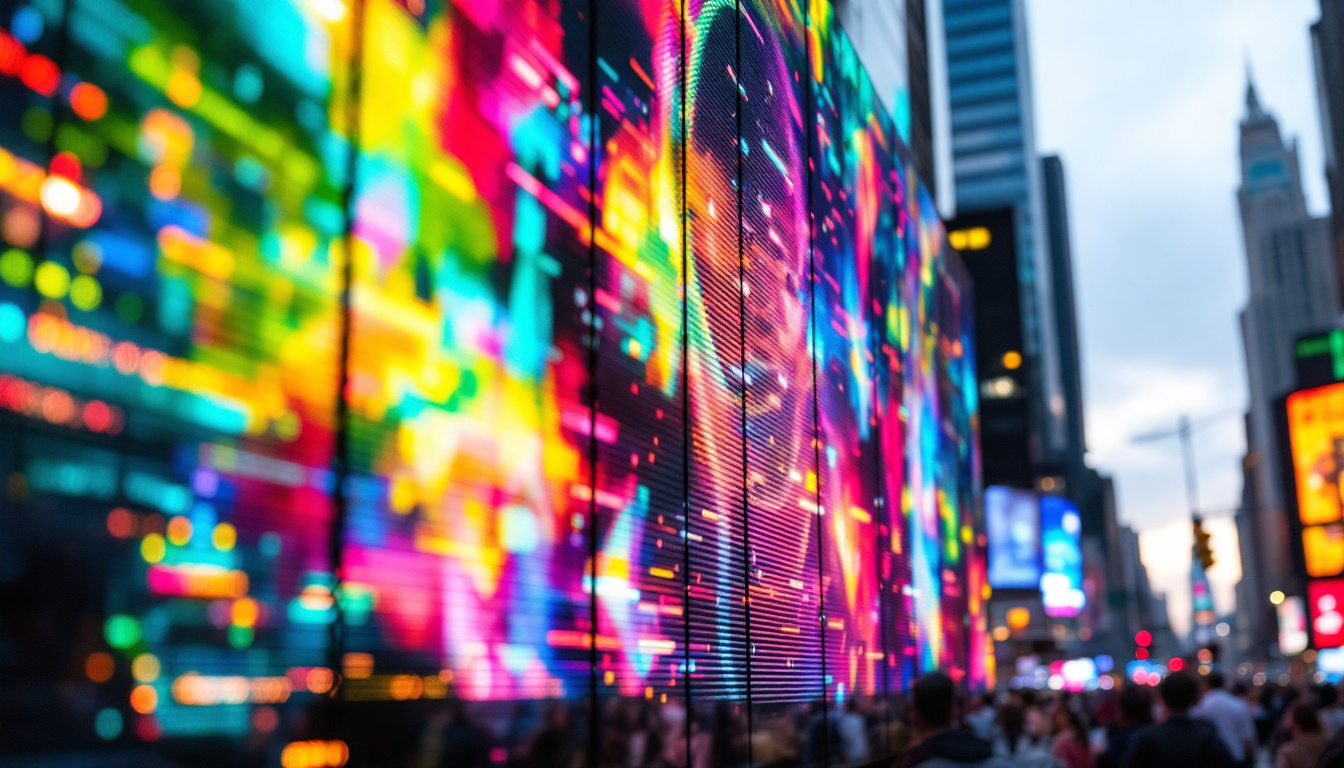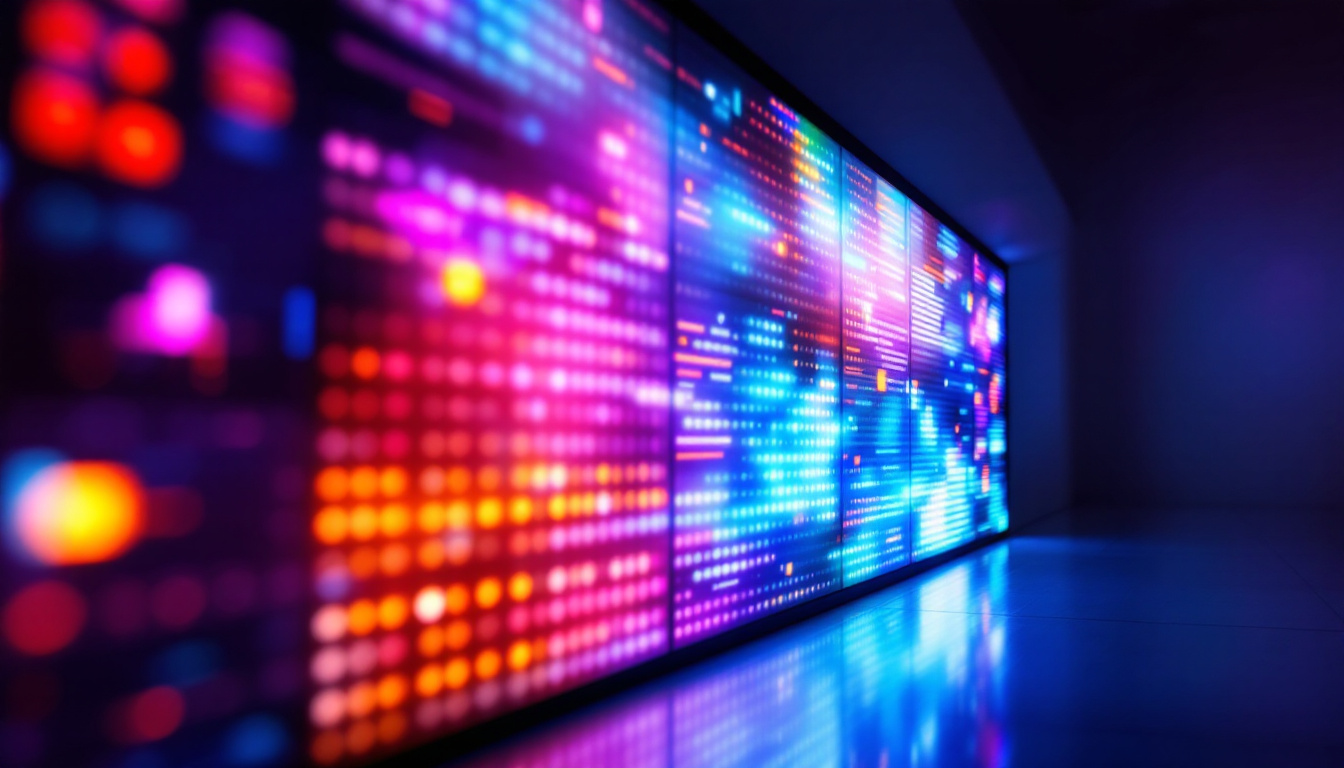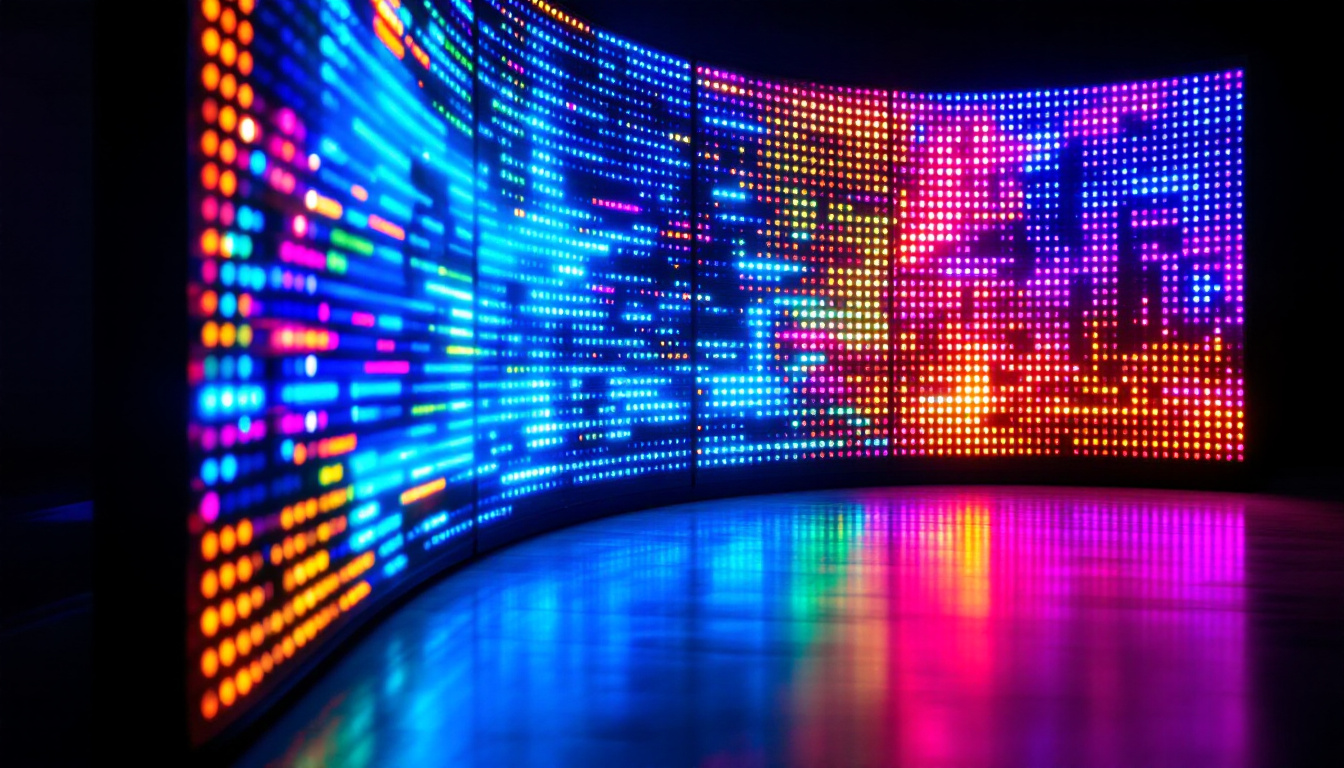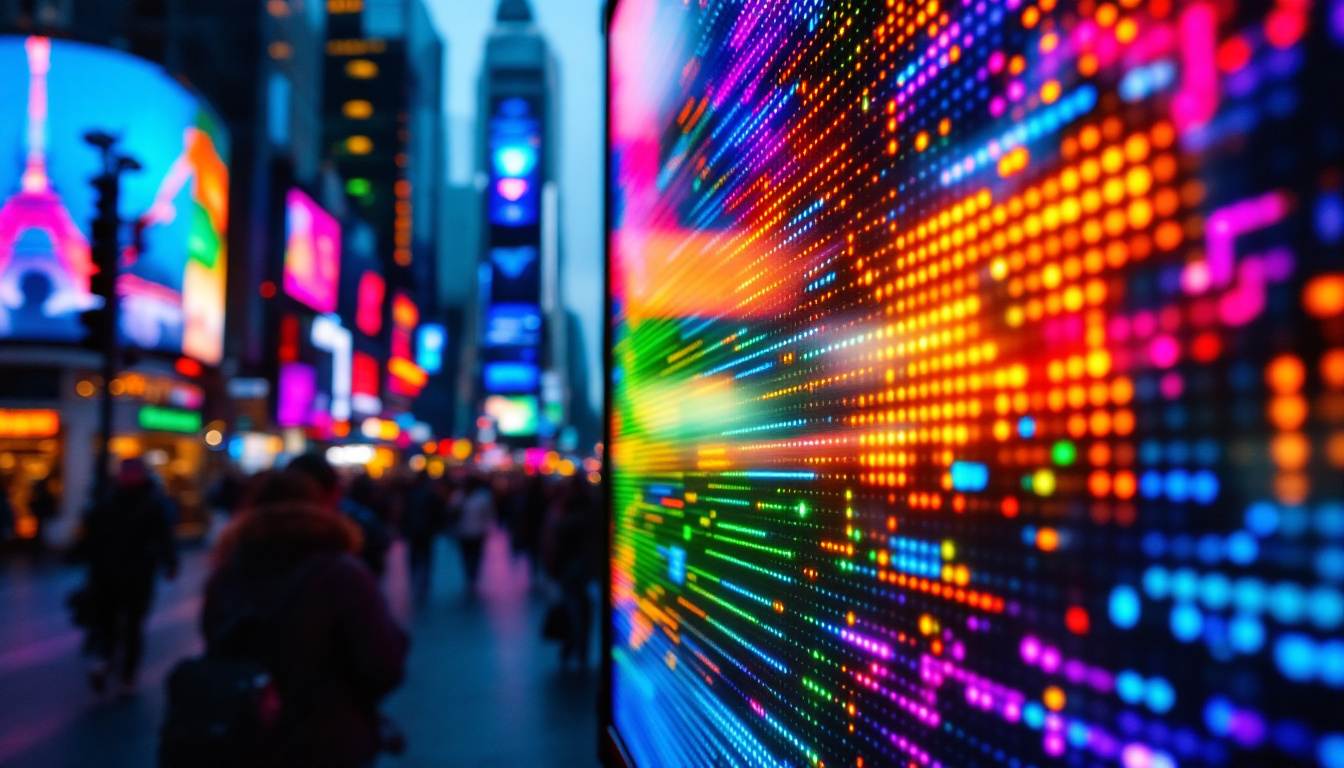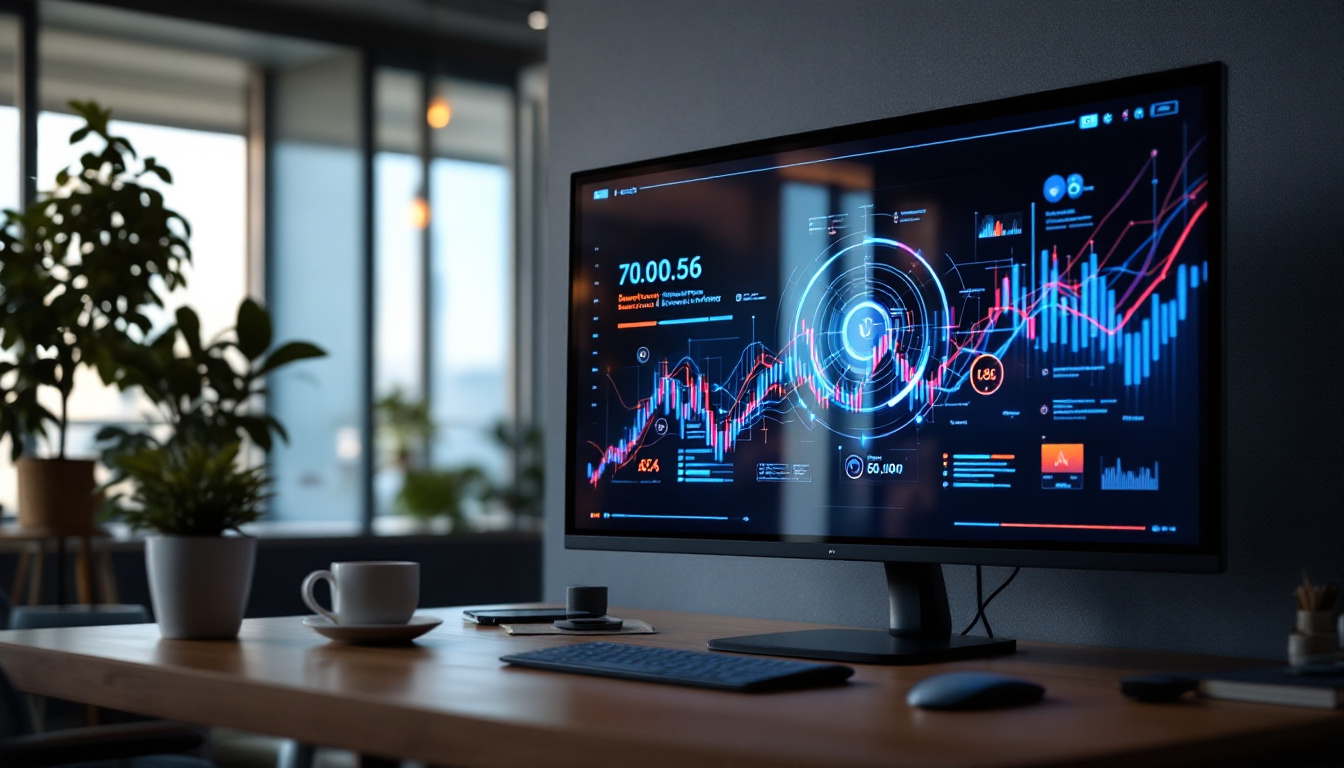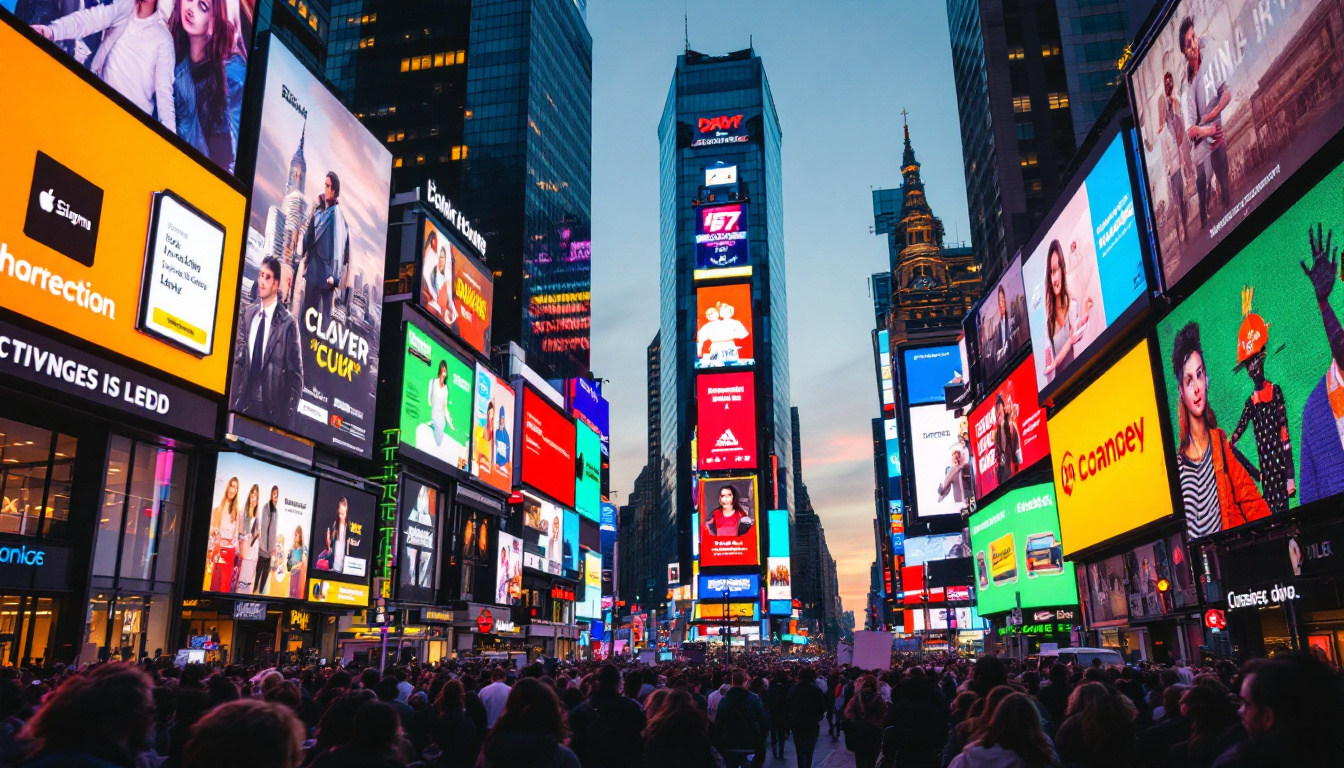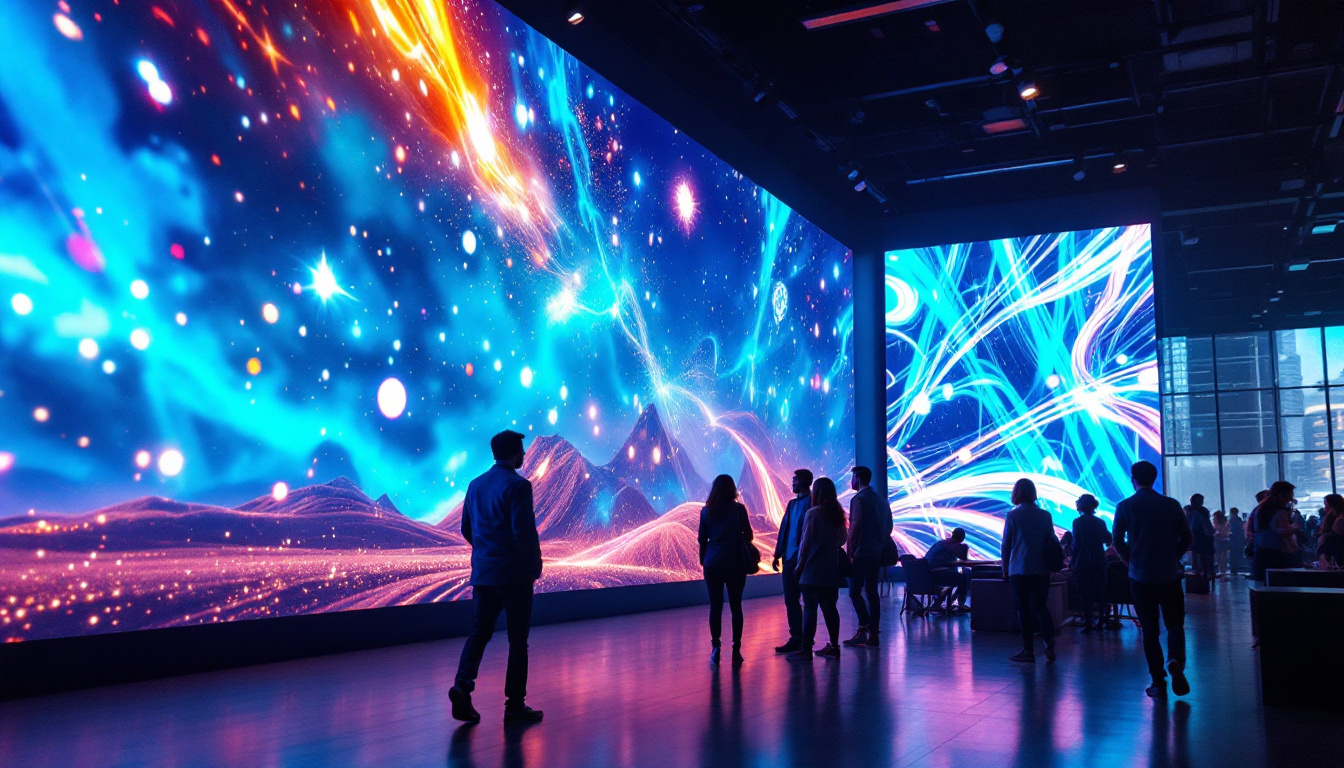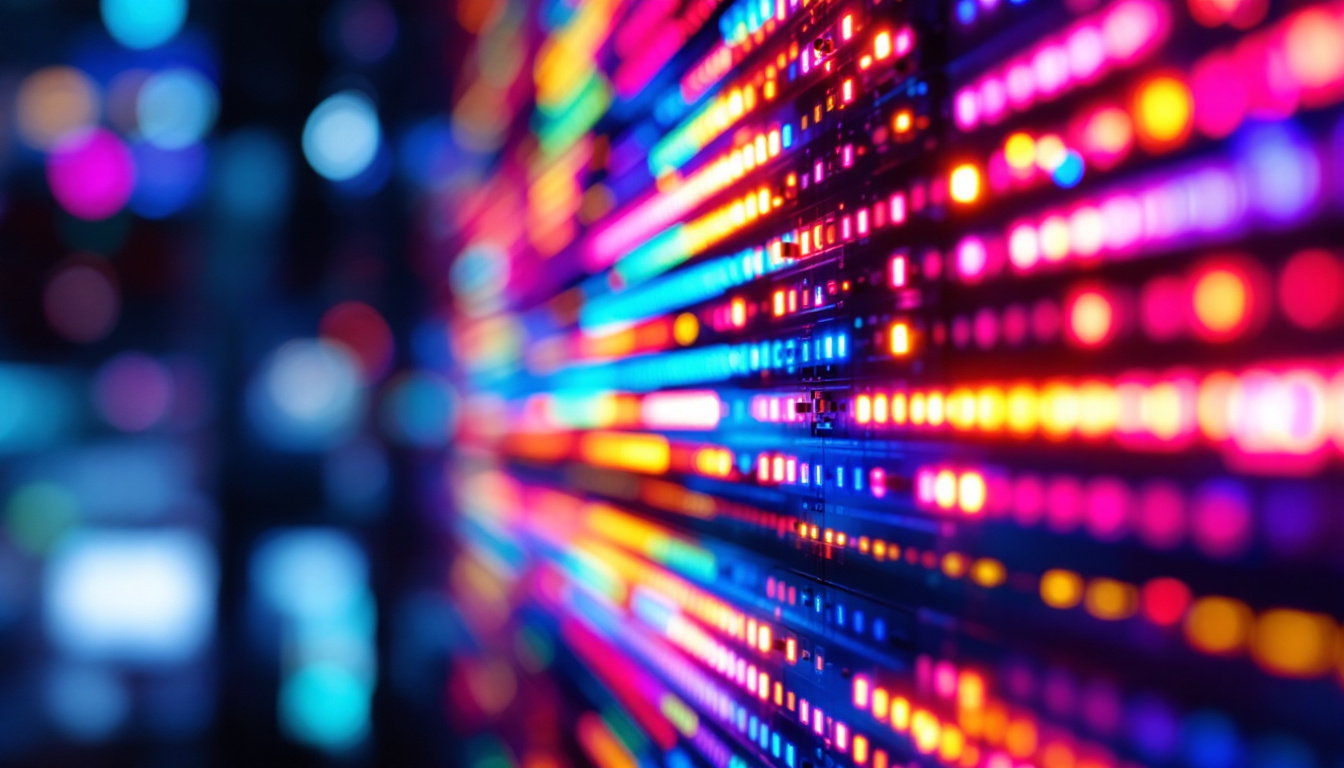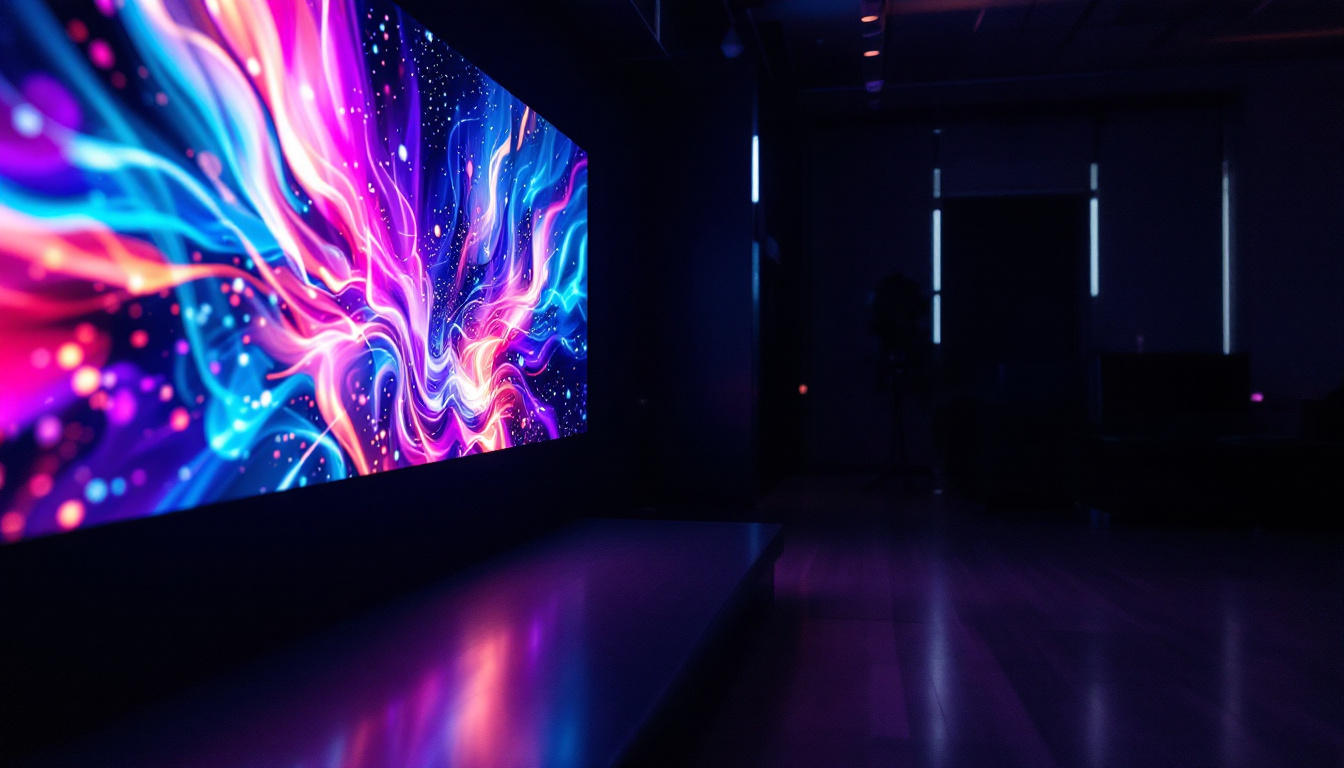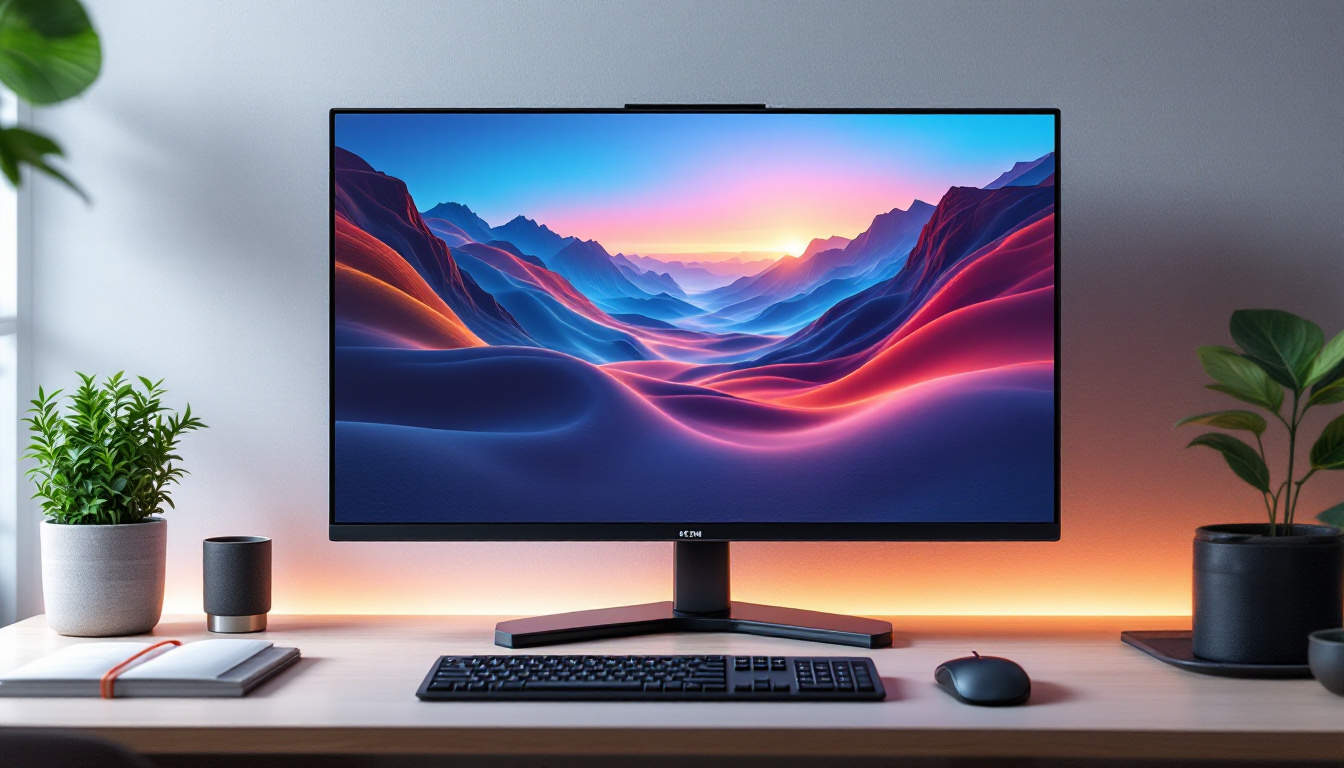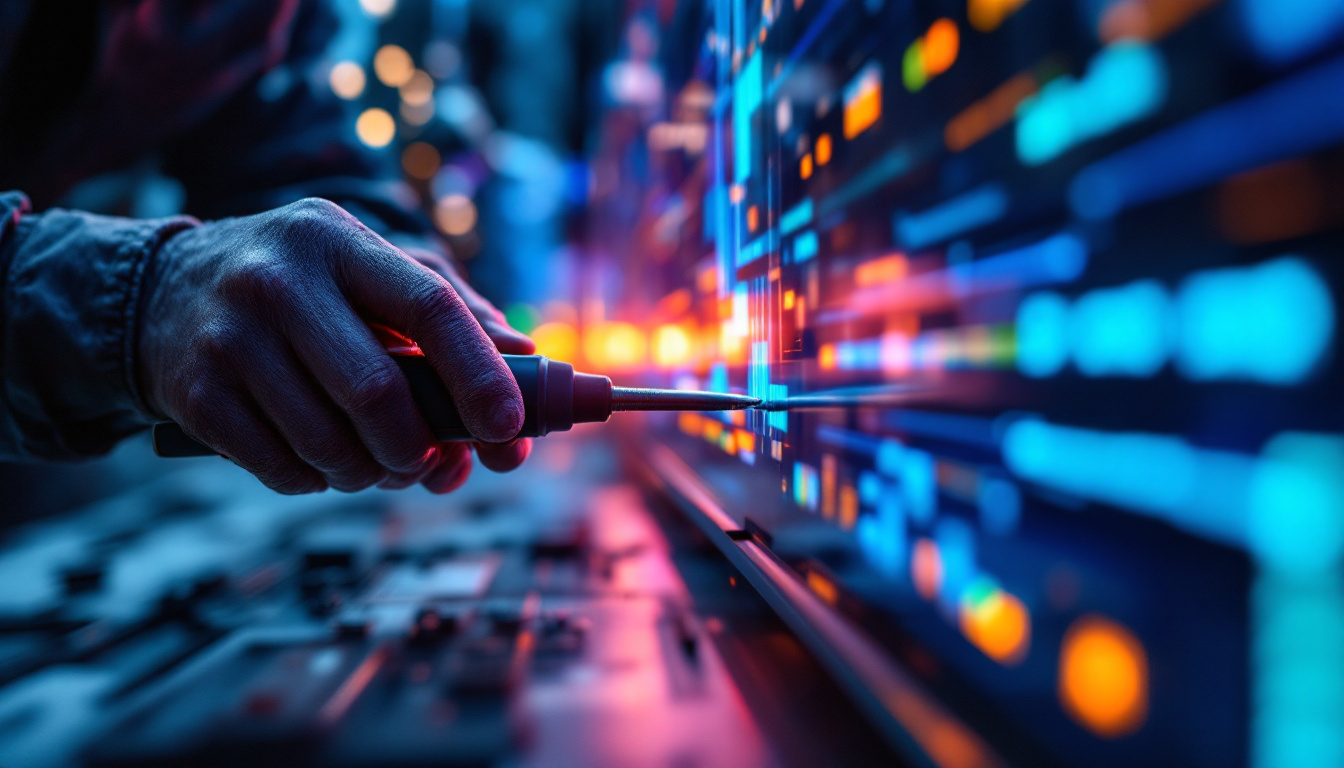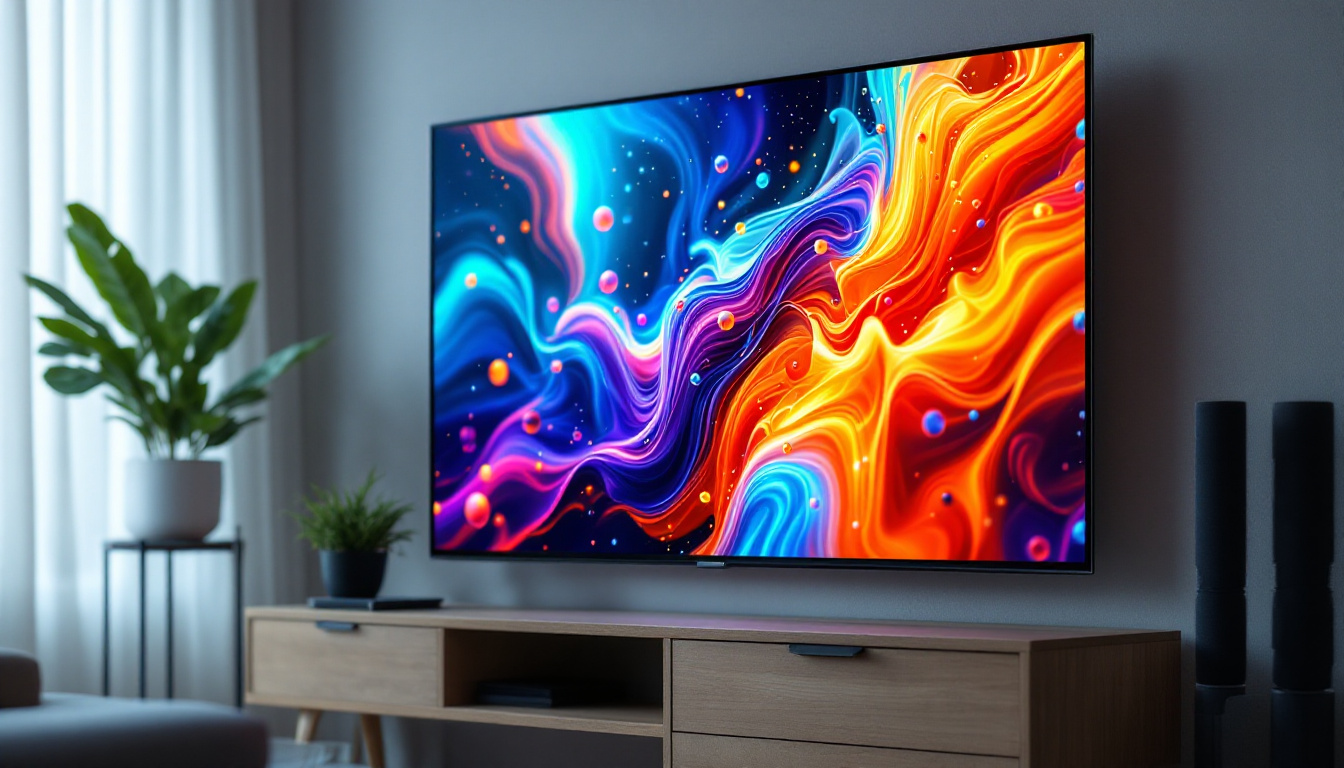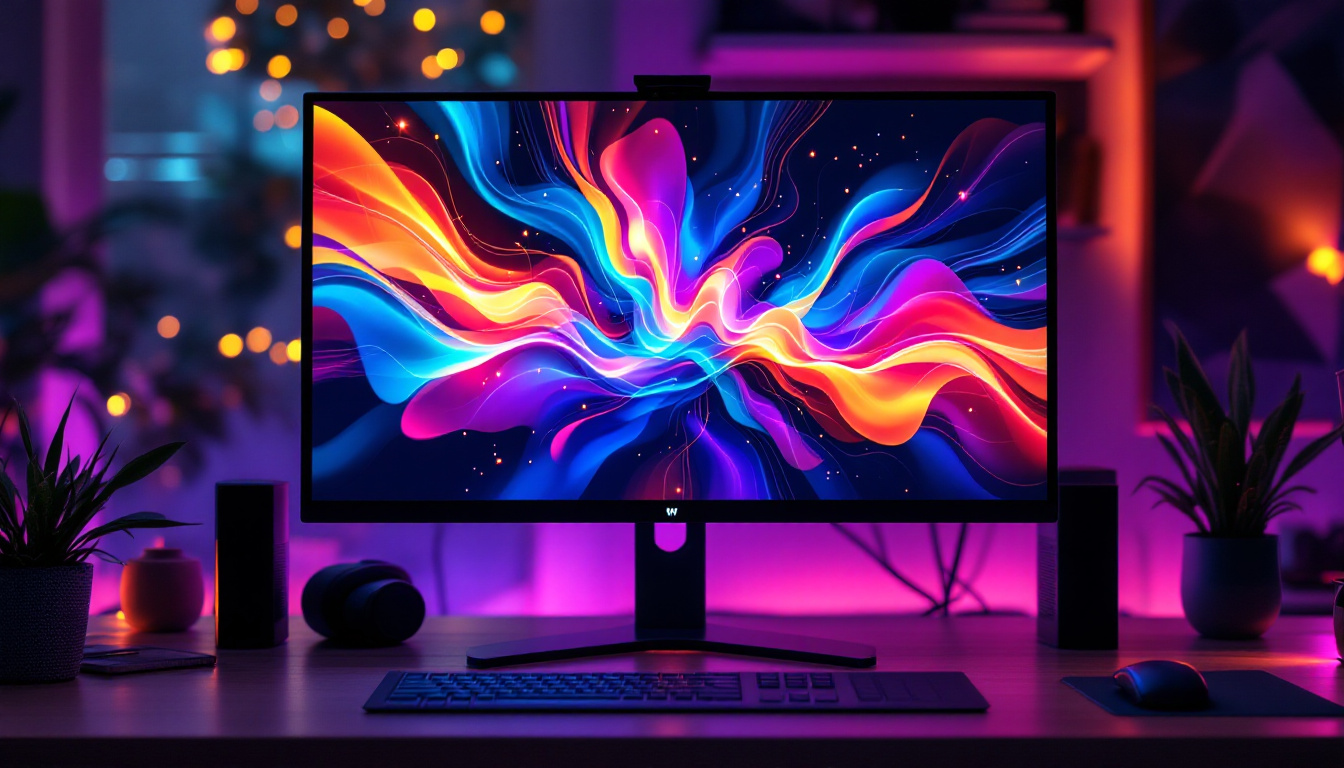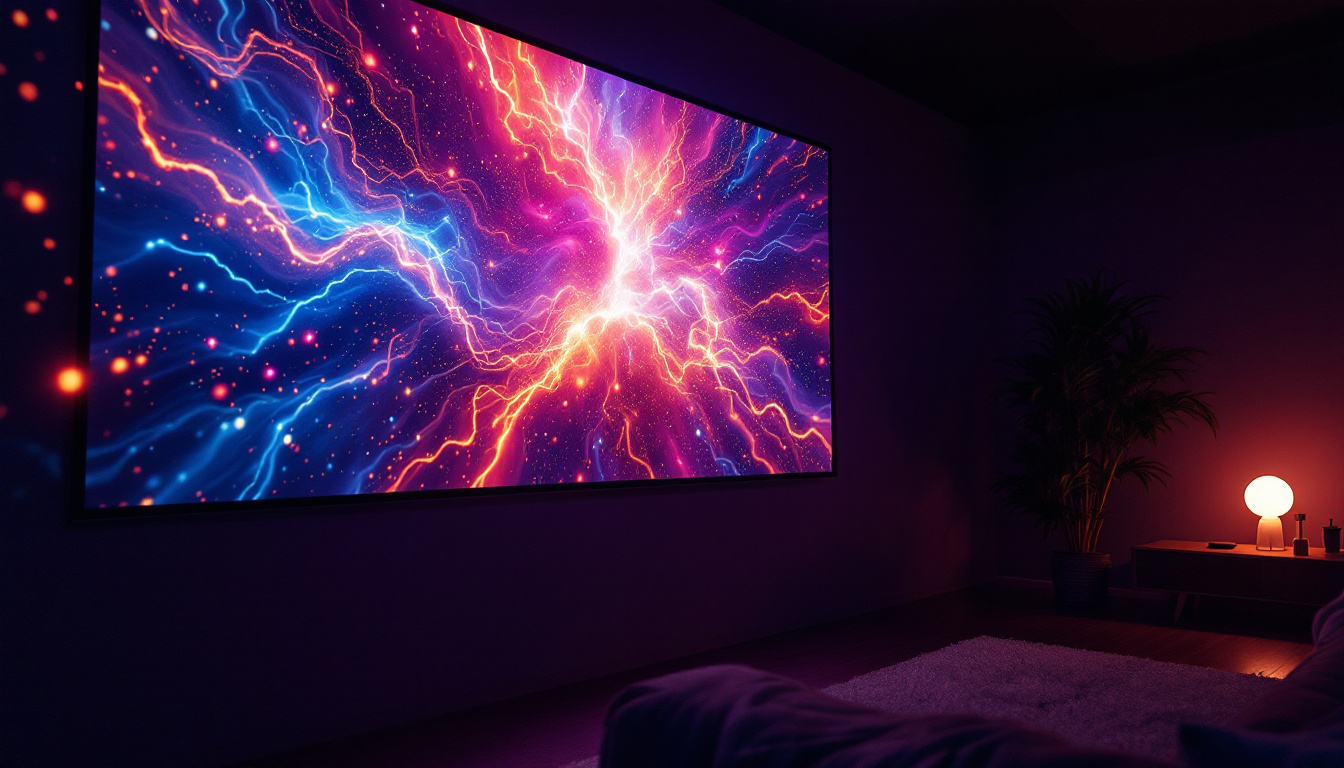In the realm of digital media, extreme video sites have emerged as powerful platforms for sharing content that captivates audiences worldwide. A significant aspect of this phenomenon is the use of LED displays, which have transformed the way video content is presented. This article delves into the intricacies of LED technology, its applications in extreme video sites, and the future of visual storytelling.
Understanding LED Technology
Light Emitting Diodes (LEDs) are semiconductor devices that emit light when an electric current passes through them. This technology has revolutionized the display industry, offering a range of benefits over traditional display methods such as LCD and projection systems. The compact size and versatility of LEDs have made them a popular choice not only for screens but also for various lighting applications, from residential to commercial settings.
How LEDs Work
At the core of LED technology is the principle of electroluminescence. When electrons recombine with holes within the device, energy is released in the form of photons, creating light. This process allows for vibrant colors and high brightness levels, making LEDs ideal for various applications, including video displays. The specific materials used in the semiconductor can also influence the color of the light emitted, allowing for a wide spectrum of colors to be produced, which is particularly beneficial in creating engaging visual displays.
LEDs can be combined in various configurations to create larger displays. These configurations can be tailored to meet specific requirements, such as size, resolution, and viewing distance. The modular nature of LED panels allows for flexibility in design, enabling creators to craft unique visual experiences. For instance, in large-scale events or concerts, LED screens can be arranged in intricate shapes and sizes, enhancing the overall aesthetic and immersive quality of the performance. Additionally, advancements in technology have led to the development of flexible LED displays, which can be bent and shaped to fit unconventional spaces, further expanding their application potential.
Advantages of LED Displays
LED displays offer numerous advantages that make them the preferred choice for extreme video sites. One of the most significant benefits is their energy efficiency. Compared to traditional display technologies, LEDs consume less power, which translates to lower operational costs and a reduced environmental impact. This energy efficiency is particularly important in large installations, where the cumulative savings can be substantial over time. Moreover, the ability to dim LEDs without losing color quality allows for further energy savings during less demanding viewing conditions.
Additionally, LED displays provide exceptional brightness and contrast, ensuring that content remains visible even in bright outdoor environments. This capability is crucial for extreme video sites that often feature dynamic and fast-paced content. Furthermore, LEDs have a longer lifespan than traditional displays, reducing maintenance and replacement costs over time. The durability of LED technology also means that these displays are less susceptible to damage from environmental factors, such as moisture and temperature fluctuations, making them ideal for outdoor applications. This resilience, combined with the ability to operate in a wide range of temperatures, ensures that LED displays can maintain their performance quality in various settings, from bustling urban centers to remote locations.
Applications of LED Displays in Extreme Video Sites
Extreme video sites utilize LED displays in various ways to enhance viewer engagement and deliver immersive experiences. These applications range from live events to digital signage, each leveraging the unique capabilities of LED technology.
Live Events and Concerts
One of the most prominent applications of LED displays is in live events and concerts. Large-scale LED screens are often used to broadcast performances, ensuring that even those seated far from the stage can enjoy the show. The high resolution and vibrant colors of LED displays create an engaging atmosphere that enhances the overall experience.
Moreover, LED displays can be configured to create stunning visual effects, such as synchronized light shows and dynamic backgrounds. This versatility allows event organizers to push creative boundaries and deliver unforgettable experiences to audiences. For instance, during a music festival, LED screens can be programmed to change in real-time with the beat of the music, creating a synchronized spectacle that captivates attendees. The integration of LED technology not only amplifies the visual impact but also fosters a deeper emotional connection between the performers and the audience, making each event a unique celebration of creativity.
Digital Signage and Advertising
In the realm of digital signage, LED displays have become a staple for advertising and information dissemination. Extreme video sites often incorporate LED screens to showcase promotional content, announcements, and interactive features. The ability to change content in real-time allows businesses to adapt their messaging based on audience engagement and current trends.
Additionally, the high visibility of LED displays makes them ideal for outdoor advertising. Brands can capture the attention of passersby with eye-catching visuals that stand out in busy urban environments. This capability is particularly valuable for extreme video sites that aim to attract a diverse audience. Furthermore, the use of LED technology allows for innovative advertising formats, such as augmented reality experiences, where viewers can interact with the display through their smartphones, creating a two-way communication channel that enhances brand engagement and drives consumer interest.
Art Installations and Creative Projects
LED technology has also found its place in the world of art and creative projects. Artists and designers utilize LED displays to create immersive installations that engage viewers on multiple sensory levels. By combining video, sound, and interactive elements, these projects push the boundaries of traditional art forms and invite audiences to participate in the experience.
Extreme video sites often showcase such innovative projects, allowing artists to reach a broader audience and explore new creative avenues. The adaptability of LED displays makes them a powerful medium for artistic expression in the digital age. For example, some installations utilize motion sensors to alter the display based on viewer movements, creating a dynamic interaction that transforms the audience from passive observers into active participants. This interactivity not only enhances the viewer’s experience but also encourages a deeper reflection on the relationship between technology and art, fostering a dialogue about the role of digital media in contemporary culture.
The Future of LED Displays in Extreme Video Sites
The future of LED displays in extreme video sites looks promising, with advancements in technology paving the way for even more innovative applications. As the demand for high-quality visual content continues to grow, so too does the potential for LED technology to evolve.
Emerging Technologies
One of the most exciting developments in the world of LED displays is the emergence of MicroLED technology. MicroLEDs are tiny individual LEDs that can be used to create displays with unparalleled resolution and color accuracy. This technology promises to deliver stunning visuals that were previously unattainable, further enhancing the viewer experience on extreme video sites.
Additionally, advancements in flexible LED displays are opening new avenues for creativity. These displays can be bent and shaped to fit various environments, allowing for unique installations that challenge conventional display formats. As artists and creators experiment with these new technologies, the possibilities for extreme video sites will expand exponentially.
Integration with Augmented and Virtual Reality
As augmented reality (AR) and virtual reality (VR) technologies continue to evolve, the integration of LED displays with these mediums presents exciting opportunities. LED displays can serve as immersive backdrops for AR and VR experiences, enhancing the sense of presence and engagement for users.
Extreme video sites that incorporate AR and VR elements will likely attract a tech-savvy audience eager to explore new forms of storytelling. By leveraging LED technology in conjunction with these immersive experiences, creators can push the boundaries of what is possible in digital media.
Challenges and Considerations
Despite the many advantages of LED displays, there are challenges and considerations that need to be addressed. Understanding these factors is essential for maximizing the potential of LED technology in extreme video sites.
Cost and Investment
While LED displays offer long-term savings through energy efficiency and durability, the initial investment can be substantial. Organizations looking to implement LED technology must weigh the costs against the potential benefits. Careful planning and budgeting are crucial to ensure that the investment aligns with the overall goals of the project.
Moreover, as technology continues to evolve, keeping up with the latest advancements can be challenging. Organizations must stay informed about emerging trends and be prepared to adapt their strategies accordingly. This proactive approach will help ensure that investments in LED technology yield the desired results.
Content Creation and Management
The effectiveness of LED displays is heavily dependent on the quality of the content being presented. Organizations must invest in high-quality video production and content management systems to maximize the impact of their LED displays. This includes not only the visuals but also the sound and interactive elements that enhance the viewer experience.
Furthermore, regular updates and maintenance of content are necessary to keep audiences engaged. This requires a dedicated team to oversee content creation, curation, and management, ensuring that the displays remain fresh and relevant.
Conclusion
LED displays have become an integral part of extreme video sites, transforming the way content is shared and experienced. The technology’s versatility, energy efficiency, and visual impact make it a powerful tool for creators and marketers alike. As advancements continue to shape the future of LED technology, the potential for innovative applications in extreme video sites is boundless.
By understanding the intricacies of LED technology, its applications, and the challenges involved, organizations can harness its power to create engaging and immersive experiences for audiences. The future of visual storytelling is bright, and LED displays will undoubtedly play a pivotal role in shaping that future.
Discover the Future of LED Displays with LumenMatrix
Ready to elevate your visual storytelling and captivate your audience like never before? Embrace the future with LumenMatrix’s innovative LED display solutions. From immersive Indoor LED Walls to dynamic Outdoor Displays, and from versatile Vehicle LED Displays to engaging LED Sports Displays, LumenMatrix is at the forefront of transforming environments and experiences. Whether you’re looking to enhance brand visibility or create unforgettable visual experiences, our cutting-edge technology is designed to meet your needs. Check out LumenMatrix LED Display Solutions today and join the revolution in visual communication.

